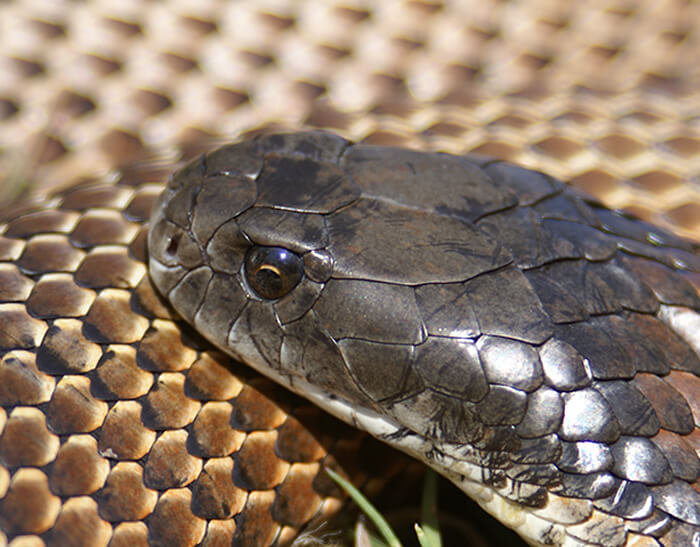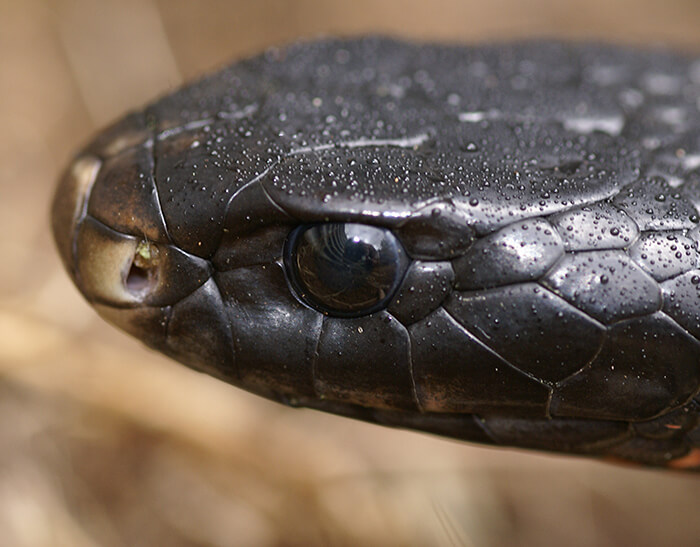Introduction
The Tasmanian tiger snake, medically called Notechis scutatus, is among Australia's the majority of intriguing reptiles. Found mainly in Tasmania and its surrounding islands, this snake has actually garnered focus not just for its striking appearance yet likewise for its complex behavior and crucial role in the environment. This post will certainly explore the various facets of the Tasmanian tiger snake's environment, actions, composition, and communications with people while providing vital details about precaution in situation of a snake bite.
Whether you're a researcher, a wild animals lover, or simply a person interested concerning these interesting creatures, this extensive guide promises to provide insights that are both insightful and appealing. So let's start this trip to comprehend the Tasmanian tiger serpent better!
The Tasmanian Tiger Serpent: An Overview
Physical Features of the Tasmanian Tiger Snake
Tiger serpents are defined by their distinct pigmentation and patterns. They typically show a mix of yellow or cream red stripes on a dark brown or black history-- therefore the name "tiger." Grown-up tiger snakes can grow up to roughly 2.1 meters long, although most individuals balance around 1.5 meters.
Key Functions:

- Coloration: Varies from dark brownish to olive green with lighter bands. Size: Grownups normally range from 1.2 to 2.1 meters. Head Forming: Clearly broad with popular eyes.
Distribution and Environment of the Tasmanian Tiger Snake
The Tasmanian tiger snake primarily inhabits coastal regions, wetlands, marshes, and grasslands in Tasmania. It prospers in atmospheres where it can conveniently access water resources since it is commonly found near streams or lakes.
Habitat Preferences:
- Wetlands: Ideal for searching target like frogs and small mammals. Coastal Locations: Deals bountiful food resources. Grasslands: Gives cover and basking spots.
Understanding Tiger Serpent Behavior
Feeding Behaviors of the Tasmanian Tiger Snake
Tiger snakes are carnivorous and opportunistic feeders. Their diet plan is composed generally of frogs, fish, small animals, and birds. They count on their keen vision and swift motions for hunting.
Dietary Breakdown:
- Frogs: A main part due to wealth in wetland habitats. Fish: Regularly caught when swimming in shallow waters. Small Mammals: Periodically take advantage of rodents.
Breeding Habits of the Tasmanian Tiger Snake
Tiger snakes have a fascinating reproductive cycle. Mating generally happens in spring after Preventing snake bites Australia arising from hibernation. Women tiger serpents bring to life live young rather than laying eggs, which is rather unique amongst reptiles.
Reproductive Cycle:
- Mating Period: Spring (September to November). Gestation Period: Roughly 3 months. Litter Dimension: Varieties from 20 to 40 child tiger snakes.
Aggression and Defense Mechanisms of the Tasmanian Tiger Snake
Though they can be aggressive when threatened, tiger snakes often like to pull away as opposed to challenge threat straight. Their key defense reaction include biting when cornered or presenting their dimension with hissing.
Defensive Techniques:
- Hissing Noise: A warning signal suggesting distress. Bite Feedback: A last option when retreat choices are limited.
Are Tiger Snakes Venomous? Comprehending Their Venom
Venom Structure and Effects
Yes! The Tasmanian tiger snake is venomous. Its venom includes neurotoxins that can cause severe injury or perhaps fatality if left untreated. The impacts of a bite can include paralysis, swelling at the bite website, nausea or vomiting, and other systemic symptoms.
Venom Attributes:
- Neurotoxic Components: Affect nerves functioning. Hemotoxic Effects: Can lead to tissue damage.
Common Signs Following a Tiger Serpent Bite
Recognizing signs and symptoms promptly is crucial for reliable first aid management after a snake bite:
- Severe pain at bite site Swelling Nausea or vomiting Difficulty breathing
First Help for Snake Bites: What You Required to Know
Immediate Steps After a Tiger Snake Bite
In situation you come across a scenario involving a tiger serpent bite, it's essential to act swiftly:


Creating Your Snake Bite Emergency Treatment Kit
Having an appropriately stocked emergency treatment set can make all the distinction during emergencies:|Item|Purpose|| ------|---------|| Compression plaster|To paralyze limb|| Splint|To support hurt area|| Antibacterial wipes|For cleansing wounds|
FAQs About the Tasmanian Tiger Snake
What do infant tiger snakes eat?
Baby tiger snakes mainly prey on tiny insects and amphibians until they expand huge sufficient to quest larger target like frogs or little fish.
How harmful is a tiger snake bite?
A tiger snake bite can be very dangerous due More helpful hints to its powerful poison; immediate medical interest is crucial for survival.
Where are eastern tiger snakes found?
Eastern tiger snakes live in coastal regions throughout southeastern Australia but are much less usual than their Tasmanian counterparts.
What must I do if I see a tiger snake?
Maintain your distance; do not try to manage it unless you're trained to do so-- most attacks occur throughout attempts at capture or mishandling.
Can I make it through without antivenom after being bitten?
While some individuals might make it through without antivenom relying on numerous aspects such as health and wellness conditions and time taken for therapy; seeking immediate medical aid is always suggested as it significantly raises survival chances.
Are there any kind of details precaution I need to take while hiking in Tasmania?
Always wear green tree snake strong boots, stay on significant trails, stay clear of tall turf where visibility may be limited; familiarize on your own with neighborhood wild animals before going out right into nature!
Conclusion
The Tajamanian tiger snake stands for a vital part of Australia's abundant biodiversity landscape both ecologically as killers and culturally as signs within Australian mythology. Understanding their habitat choices along with habits gives insight into how we can exist together securely while valuing wild animals borders-- bearing in mind that recognition leads us in the direction of safer journeys outdoors!
By staying educated concerning possible threats such as envenomation from bites while likewise taking preventive measures makes sure favorable experiences when running into these interesting creatures!
In verdict, whether you're fascinated by their striking look or astounded by their complex behaviors-- the Tasmanian tiger snake most certainly deserves acknowledgment beyond plain attraction-- it envelops nature's elegance intertwined elaborately within our ecosystems!